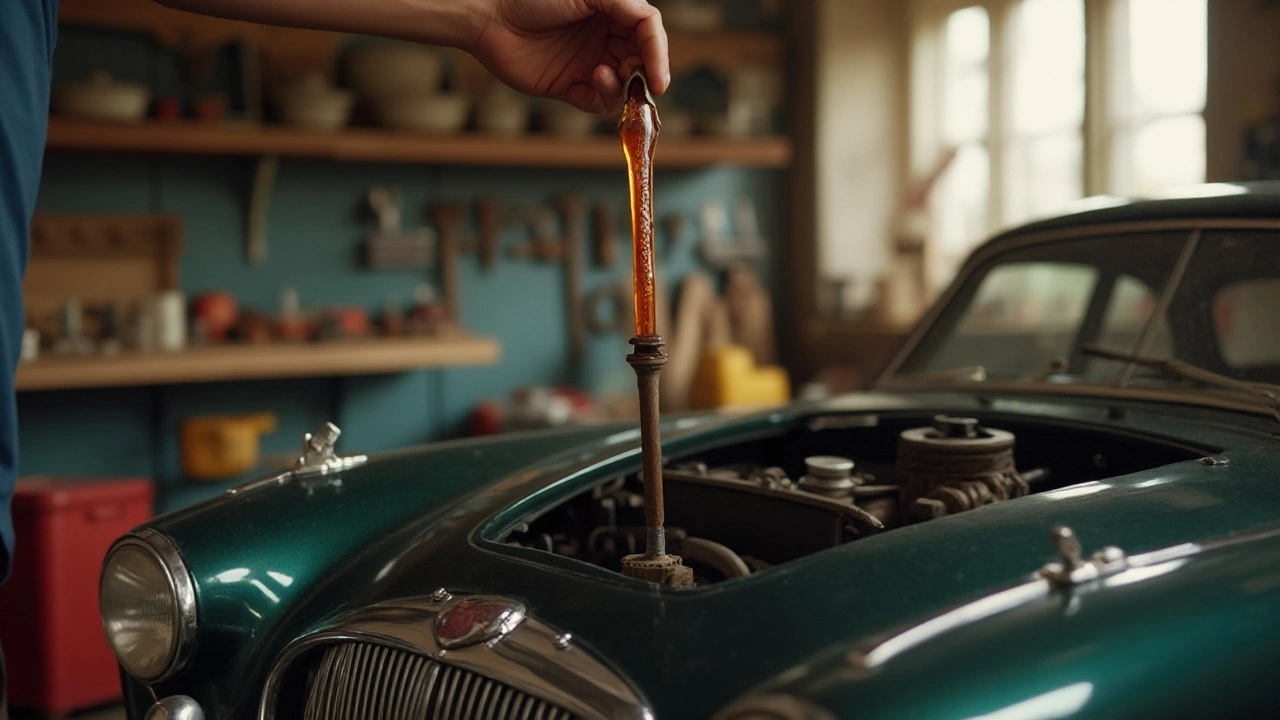Oil Inspection: Why It Matters and How to Do It Right
When working with oil inspection, the process of examining a vehicle's lubricating oil for level, cleanliness, and wear indicators. Also known as oil check, it helps catch problems before they cost a fortune.
Another core piece of the puzzle is engine oil, the lubricating fluid that protects moving parts inside the engine. Oil level, the quantity of oil in the crankcase measured against the dipstick marks is the first number you read on the dipstick, and oil filter, the component that traps contaminants before they circulate with the oil is the gatekeeper for oil cleanliness. Together they form the backbone of a reliable oil inspection routine.
Key Steps in a Thorough Oil Inspection
First, understand that oil inspection encompasses checking engine oil condition. Look at colour, viscosity and any metal particles; dark, gritty oil signals oxidation or wear. If the oil smells burnt, the engine may be running hot. Next, proper oil inspection requires accurate oil level measurement. Pull the dipstick, wipe it clean, re‑insert, then read the level on both hot and cold engines. Levels below the minimum mark indicate leaks or consumption, while readings above the maximum suggest over‑filling.
Overfilling oil is a subtle but serious mistake. Overfilling oil affects oil inspection and engine performance because excess oil can foam, reducing its ability to lubricate and potentially reaching the crankcase ventilation system. If you spot a high reading, drain the excess to avoid foaming and increased pressure on seals.
The health of the oil filter influences oil inspection results. A clogged filter restricts flow, causing oil pressure drops and forcing the engine to run hotter. During inspection, pull the filter housing and check for sludge buildup; if it looks saturated or the filter is overdue, replace it. Regularly swapping the filter as part of your oil change schedule keeps contaminants out of the system.
Finally, remember that regular oil change improves oil inspection outcomes. Fresh oil is clear, thin enough to flow, and carries away heat. Follow the manufacturer’s mileage interval or adopt a time‑based schedule if you drive short trips. By keeping a simple checklist—visual oil look‑over, dipstick reading, filter condition, and change schedule—you’ll catch issues early and extend engine life. Below you’ll find articles that dive deeper into each of these topics, from spotting oil sludge to handling too much oil and choosing the right filter for your car.

Understanding the Ideal Color of Engine Oil on a Dipstick
Jan 14 2025 / Car MaintenanceChecking the oil color on a dipstick is a crucial part of vehicle maintenance, with the hue offering insights into the engine health. Fresh oil usually appears amber, while dark or cloudy oil might signal potential issues. Regularly checking and understanding these variations helps in maintaining engine performance and longevity. Knowing the appropriate oil color can prevent costly repairs and prolong the life of your vehicle's engine.
VIEW MORE